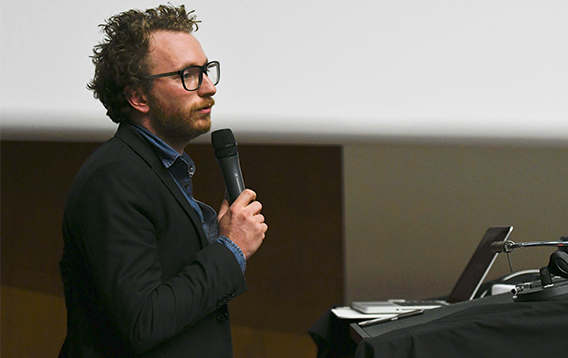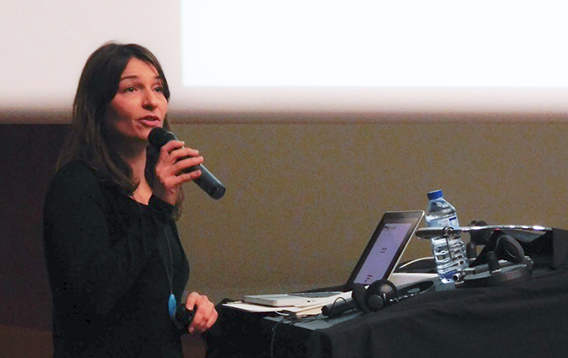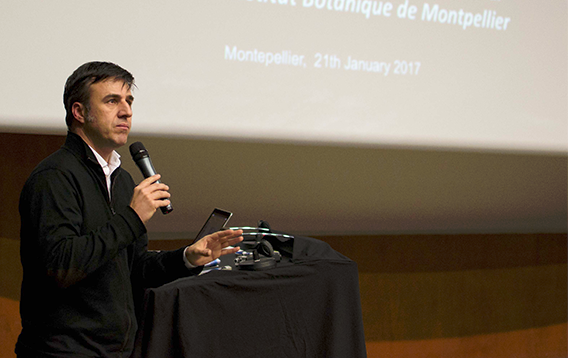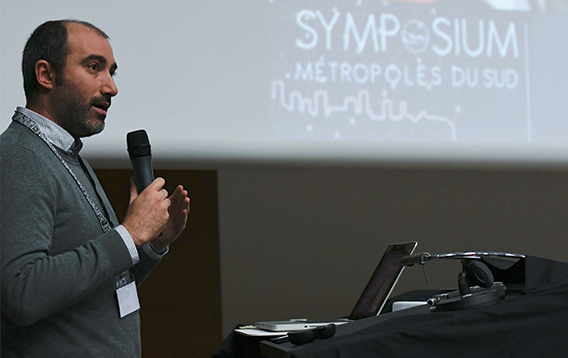
Lets put the city in preamble, in its obviousness, and in a broader way, the cities..
Lets put the city in preamble, in its obviousness, and in a broader way, the cities. It was seen over the years, and while exchanging within this European alliance, that the twentieth century manufactured the change of the global population, i.e. the city became the place of living of the twentieth century; and it twenty-first century is irremediably engaged in this way, with prospects which remain impressive all the same. In 2050, two thirds of the world population will live in the cities. Becoming architects is a much wider task today than it was five years ago. The operational perimeter, the periphery of our intervention is much vaster. From a universal point of view, the project is finally to envisage: to envisage the uses, to envisage the changes, to envisage the evolution, to envisage degradation. It is necessary to envisage what is not foreseeable and that thus becomes very complicated. The governance is a pregnant subject, the systems of governances, and how they are in capacity to adapt to these changes. We evoked the fact that the processes become horizontal, in the developments more and more compared to the citizens, much less vertical. The governance must be able to adapt, locally but also with global scale: it is necessary to manufacture world governances even if that remains rather complicated. Collectively, our statutes evolve, and in the world globalized with globalized challenges, the posture and the statute of the names of architecture are obliged to leave its ignorance. It has to approach a new amplitude. There are governances citizens, governances of districts, therefore it is necessary to be able to manage all that. On a worldwide scale, there are all the COP, the “Conferences of Parties”, which were made, we must be about it with twenty-three seems to me it, one sees well that these COP concentrate on the climatic challenges, whereas the COP are in theory on the total challenges. Jean Nouvel had stated in manifesto of Louisiana which the future of architecture is not architectural, but it must leave its own history. How collectively are we able to move? Indeed we have qualities which it is necessary to share. We see that problems should be faced, because there is an effect of excitation around the city. That represents two thirds of the population, but there nevertheless remains a third which is not in the city. The aspiration of the inhabitants citizens is not adapted at all to the city. The citizens always have model of a rather rural and somewhat antiquated habitat. We must nevertheless face these challenges because it is established that the city is the future place of the world development with inhabitant. How to design the needed links? How can one rebuild a coherent territory collectively?
by Guillaume Girod
ENSAM



